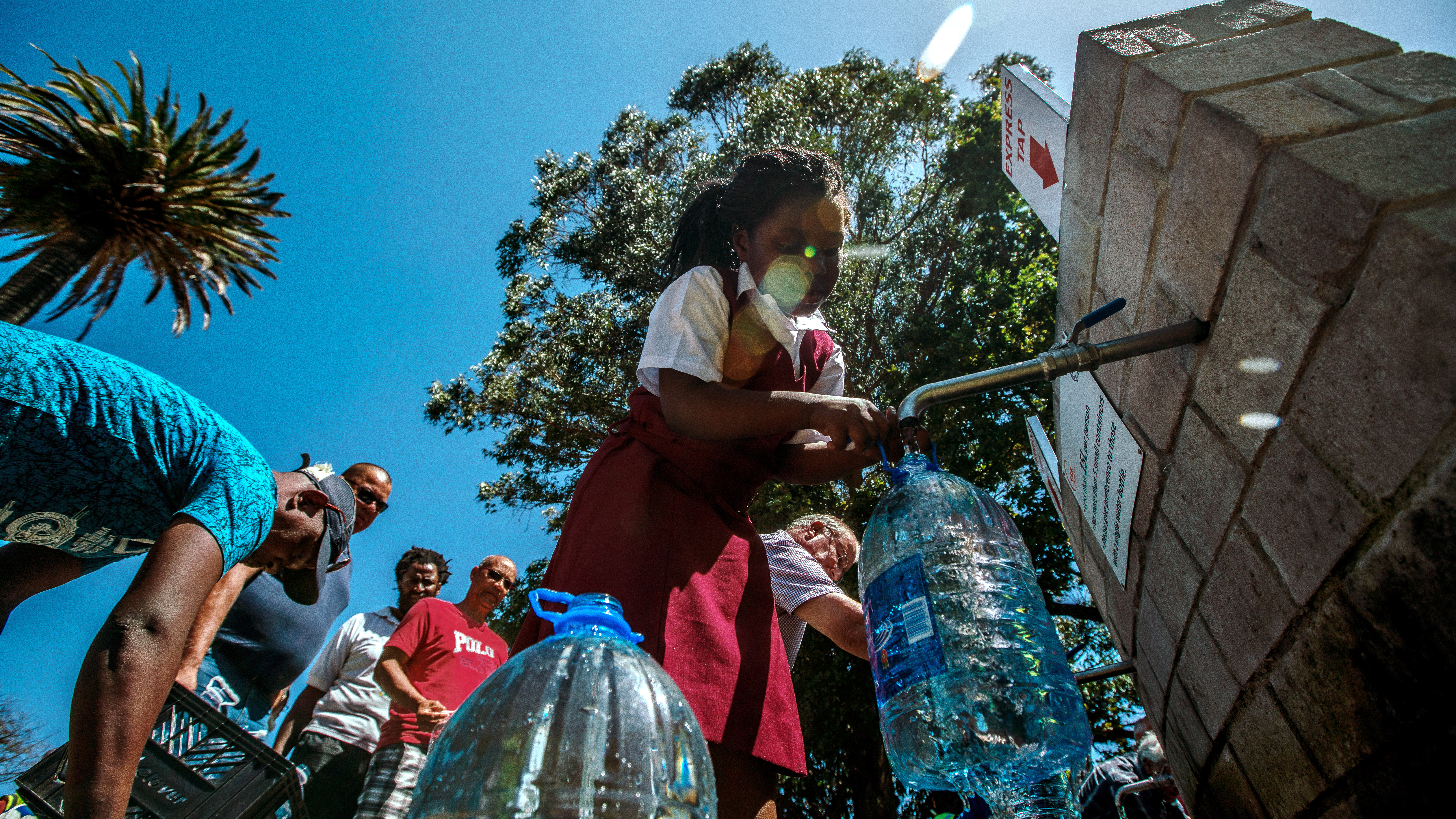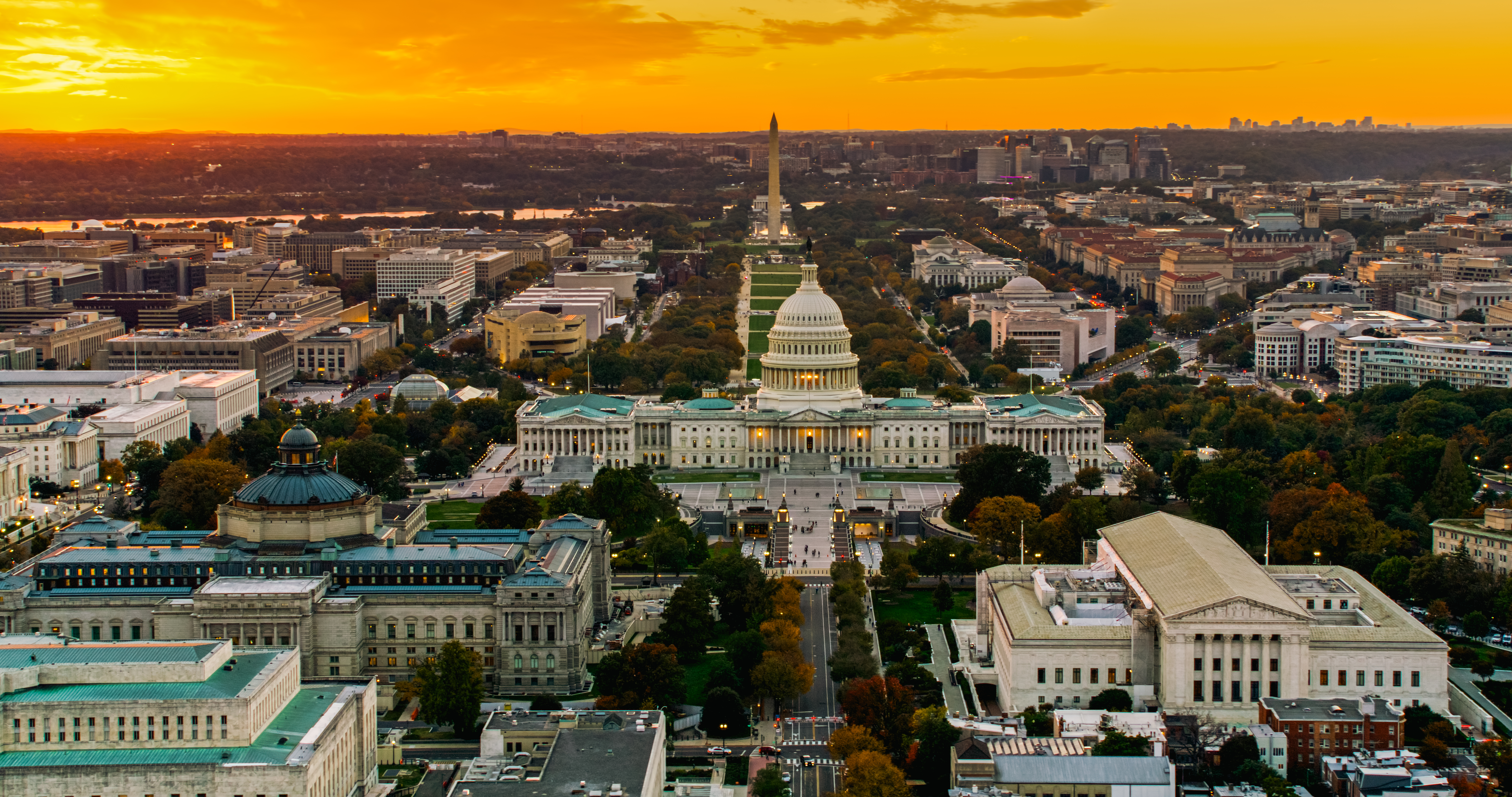Almost three-quarters of drought-prone regions around the world will be at risk of extreme water shortages known as “day zero droughts” by 2100 if emissions aren’t reduced, and a third of these regions could be hit before 2030, according to a new study. Areas under threat include cities in the U.S., the Mediterranean and southern Africa.
“At some point, the water might run out,” Christian Franzke, a climate scientist and project leader at the Institute for Basic Science Center for Climate Physics at Pusan National University in South Korea, told Live Science. “You’re at home, you turn on your water tap in the kitchen or bathroom, and no water would come out.”
The day-zero-drought idea — when local water demand from people, industry and agriculture exceeds the regional water supply provided by rain and reservoirs — became more prominent after 2018. A long-term drought pushed water levels in dams around Cape Town, South Africa, close to a critically low level that — had it been reached — would have caused most water supplies to be switched off, leaving about 4 million people without water. Fortunately, strict water-use restrictions were effective, and a couple of months later, heavy rain allowed the dam levels to recover.
This wasn’t an isolated incident. On June 19, 2019, Chennai, India — which was home to some 11 million people at the time — declared that day zero had been reached because all four of the big city reservoirs had run dry. People had to line up for hours to wait for a small allocation of water brought in by trucks from other areas.
It is well known that climate change will make many regions drier through reduced rainfall, river flow and reservoir levels. But to work out when and where the most severe water shortages will hit, Franzke and his colleagues turned to climate models that factor in human water consumption as well as rainfall and river flow.
The team used the Community Earth System Model (CESM), from the U.S. National Center for Atmospheric Research, and the French Centre National de Recherches Météorologiques (CNRM) model and looked at what would happen under two scenarios — one of intermediate greenhouse gas emissions, which is roughly the course the world is on at present and is projected to result in about 4.8 degrees Fahrenheit (2.7 degrees Celsius) of warming above pre-industrial levels by 2100. The other scenario was for higher emissions caused by national rivalry and reduced global cooperation is projected to lead to about 6.4 F (3.6 C) of warming.

Both CNRM scenarios project that at least half of drought-affected regions will face unprecedented water scarcity by 2100, with 22% experiencing emergence before 2030.
Under the higher-emission scenario, the CNRM model projects that the frequency of day zero droughts will grow sharply over the coming decades, with hotspots across the Mediterranean, southern Africa, and parts of North America and Asia.
It suggests that by 2100, 74% of drought-prone regions globally will be at risk of severe and persistent droughts under a high-emissions scenario. More than one-third of these regions, including some in the U.S., may face severe water scarcity between 2020 and 2030, according to the study, which was published Sept. 23 in the journal Nature Communications.
The CESM model projected that smaller areas will be affected and that it will take longer for day zero drought to emerge.
“It surprised us how soon this might actually occur in so many places,” Franzke said, adding that the study shows that global warming causes — and will accelerate — day zero drought conditions. “We have hotspot regions about the Mediterranean, so Nice in France would be under threat, in southern Africa, Cape Town again would probably be in a hotspot,” Franzke added.
According to the CNRM model, the U.S. cities at risk by 2030 include Chicago; Washington, D.C.; Phoenix; San Diego; and Milwaukee, Franzke said. By 2060, Minneapolis; Las Vegas; Baltimore; Kansas City, Missouri; and Jacksonville, Florida, are projected to join the group.
By the end of the century, the researchers said, day-zero-drought conditions could threaten some 750 million people globally, including 470 million people in cities and 290 million people in rural areas.

“The findings are consistent with the physics that is driving a warmer, thirstier atmosphere to more rapidly drain fresh water from the continents and confirms known hotspots for increasing drought severity that also depend on changing wind patterns,” Richard Allan, a climate scientist at the University of Reading in the U.K. who wasn’t involved in the work, told Live Science. “It paints a picture of an increasing attack on water resources from multiple fronts that is already emerging and particularly impacting urban populations.”
Franzke and his colleagues also warned that the gap between day-zero-drought events in the future may shorten — particularly in the Mediterranean, Asia, southern Africa and Australia — thus making it harder for the areas to recover.
This might make it impossible for people to live in badly hit areas for extended periods, Franzke said.
Whether the biggest factor driving an increase in day zero droughts is climate change or water use will vary by region. “It’s very location dependent,” he said.
But knowing which areas are most at risk could aid the development of local and integrated water management strategies, said Franzke, as will working at a grander scale on policies to speed up the transition away from fossil fuels and toward clean energy to arrest climate change.
“It is only by adapting to intensifying prolonged dry periods but also rapidly cutting greenhouse gases that the increasing impacts from more severe dry extremes in a warming world can be limited,” Allan said.
